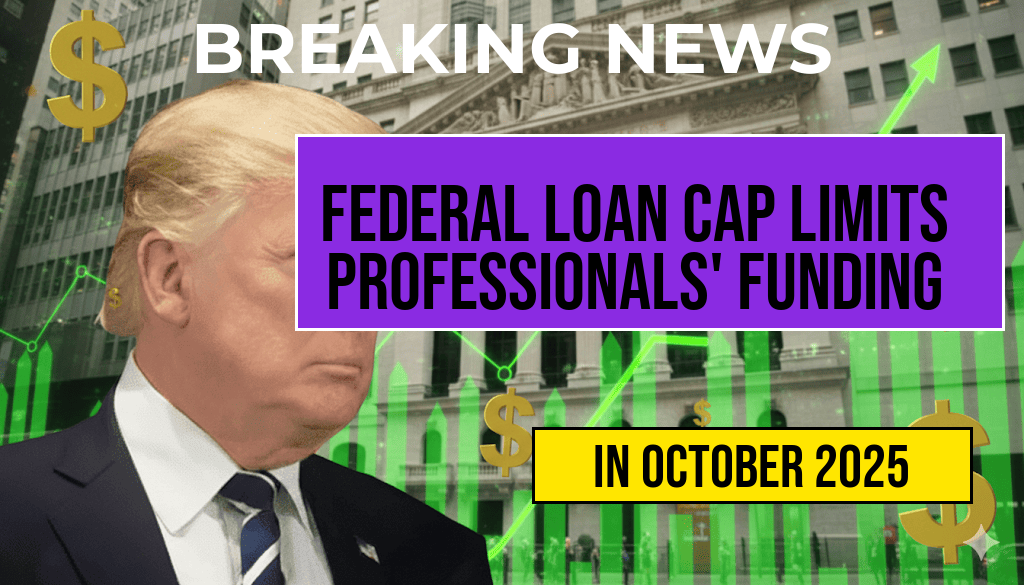In a significant development for the U.S. economy, lawmakers have approved a $5 trillion increase in the federal borrowing cap, a move that has sparked discussions about its potential implications for individual retirement accounts, particularly 401(k) plans. This decision, which comes amid ongoing debates over fiscal responsibility and economic recovery, aims to provide the government with greater flexibility to meet its financial obligations. With the national debt approaching $33 trillion, the increase raises questions about inflation, interest rates, and how these factors may ultimately affect Americans’ retirement savings. Financial experts warn that while this cap lift may prevent immediate fiscal crises, it could have long-term effects on investment strategies for 401(k) holders.
Understanding the Borrowing Cap Increase
The federal borrowing cap, also known as the debt ceiling, is the maximum amount of money that the U.S. Treasury can borrow to cover federal expenditures. This increase allows the government to fund programs, pay federal employees, and service existing debt. The bipartisan approval reflects a consensus on the necessity for continued government spending, especially as the nation navigates economic challenges.
The Rationale Behind the Increase
- Economic Stability: Proponents argue that lifting the borrowing cap is essential for maintaining economic stability during uncertain times.
- Investment in Infrastructure: Increased borrowing can fund critical infrastructure projects that may stimulate job creation and economic growth.
- Social Programs: The decision also supports funding for various social programs aimed at assisting vulnerable populations.
Potential Implications for Your 401(k)
As the government increases its borrowing capacity, there are several potential consequences for 401(k) plans and retirement savings. The interaction between government debt and personal investment strategies is complex, and understanding these dynamics is crucial for savers.
Impact on Interest Rates
One of the most immediate concerns surrounding the increase in the borrowing cap is its potential impact on interest rates. As the government borrows more, it may lead to higher interest rates if the market perceives increased risk associated with government debt. Higher interest rates can affect various aspects of personal finance, including:
- Loan Costs: Increased borrowing costs for mortgages and personal loans, making it more expensive to finance large purchases.
- Bond Yields: Higher interest rates typically lead to increased yields on bonds, which can affect the fixed-income portion of a 401(k) portfolio.
Inflationary Pressures
Another concern is inflation. Increased government spending can lead to inflationary pressures, reducing the purchasing power of retirement savings. Financial advisors recommend that 401(k) holders consider the following:
- Diversification: Investing in diverse assets can help mitigate the impact of inflation on retirement savings.
- Reviewing Asset Allocation: Adjusting the mix of stocks, bonds, and alternative investments in a 401(k) can provide better protection against inflation.
Expert Opinions on the Issue
Financial experts have varying opinions on the long-term effects of the borrowing cap increase. Some believe it is a necessary step to ensure economic growth, while others caution against the potential for higher inflation and interest rates. According to a report from Forbes, managing inflation is crucial for protecting retirement savings. They suggest that individuals should remain proactive about their investment strategies during this period of uncertainty.
Strategies for 401(k) Holders
In light of the borrowing cap increase, 401(k) holders are encouraged to take a proactive approach to their retirement planning. Some recommended strategies include:
- Regular Account Reviews: Periodically assessing your 401(k) performance can help align your investments with your retirement goals.
- Consulting Financial Advisors: Seeking professional advice can provide tailored strategies based on individual risk tolerance and financial objectives.
Conclusion
The approval of a $5 trillion increase in the federal borrowing cap marks a pivotal moment for the U.S. economy, with potential ripple effects on personal finance and retirement planning. As lawmakers navigate these fiscal decisions, individuals must stay informed about the implications for their 401(k) plans. By understanding the relationships between government borrowing, interest rates, and inflation, retirement savers can better prepare for the future.
For more information on the debt ceiling and its implications, visit Wikipedia.
Frequently Asked Questions
What does the $5 trillion borrowing cap increase mean for my 401(k)?
The $5 trillion borrowing cap increase could lead to changes in the overall economic environment, potentially affecting interest rates and market stability, which in turn may influence the performance of your 401(k) investments.
How might the borrowing cap impact interest rates?
With the increase in borrowing, there is a potential for rising interest rates, which may have a direct effect on bond yields and could change the way your 401(k) investments perform.
Are there risks associated with the borrowing cap increase?
Yes, the borrowing cap increase may introduce risks such as inflation or market volatility, which could negatively affect the value of your 401(k) portfolio.
Should I change my 401(k) investment strategy in light of this news?
While it’s essential to stay informed about the borrowing cap increase, any changes to your 401(k) investment strategy should be based on your long-term financial goals and risk tolerance. Consulting a financial advisor is advisable.
How does government borrowing affect my retirement savings?
Government borrowing can impact economic conditions such as inflation and market performance, which ultimately influence the growth of your 401(k) retirement savings over time.






